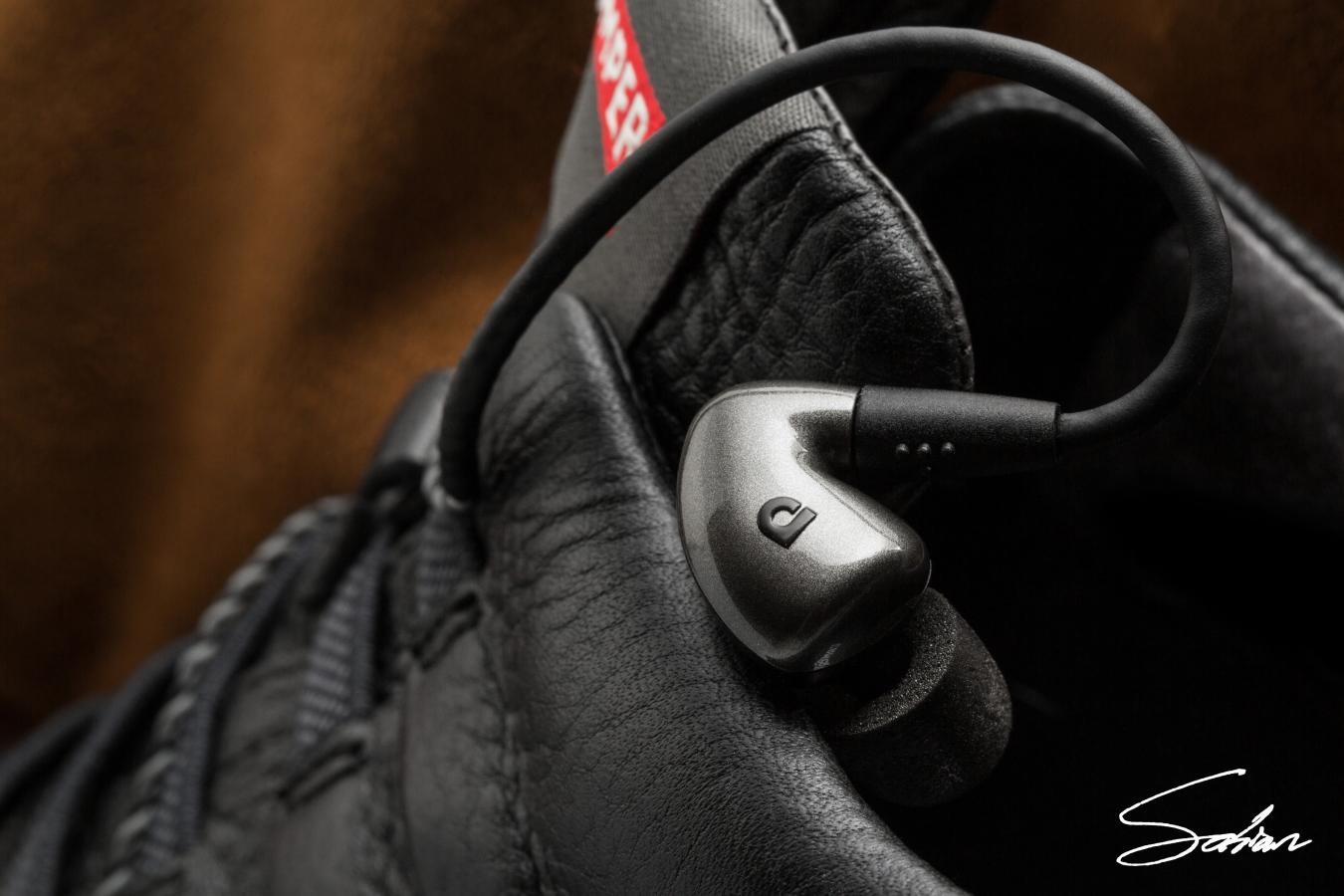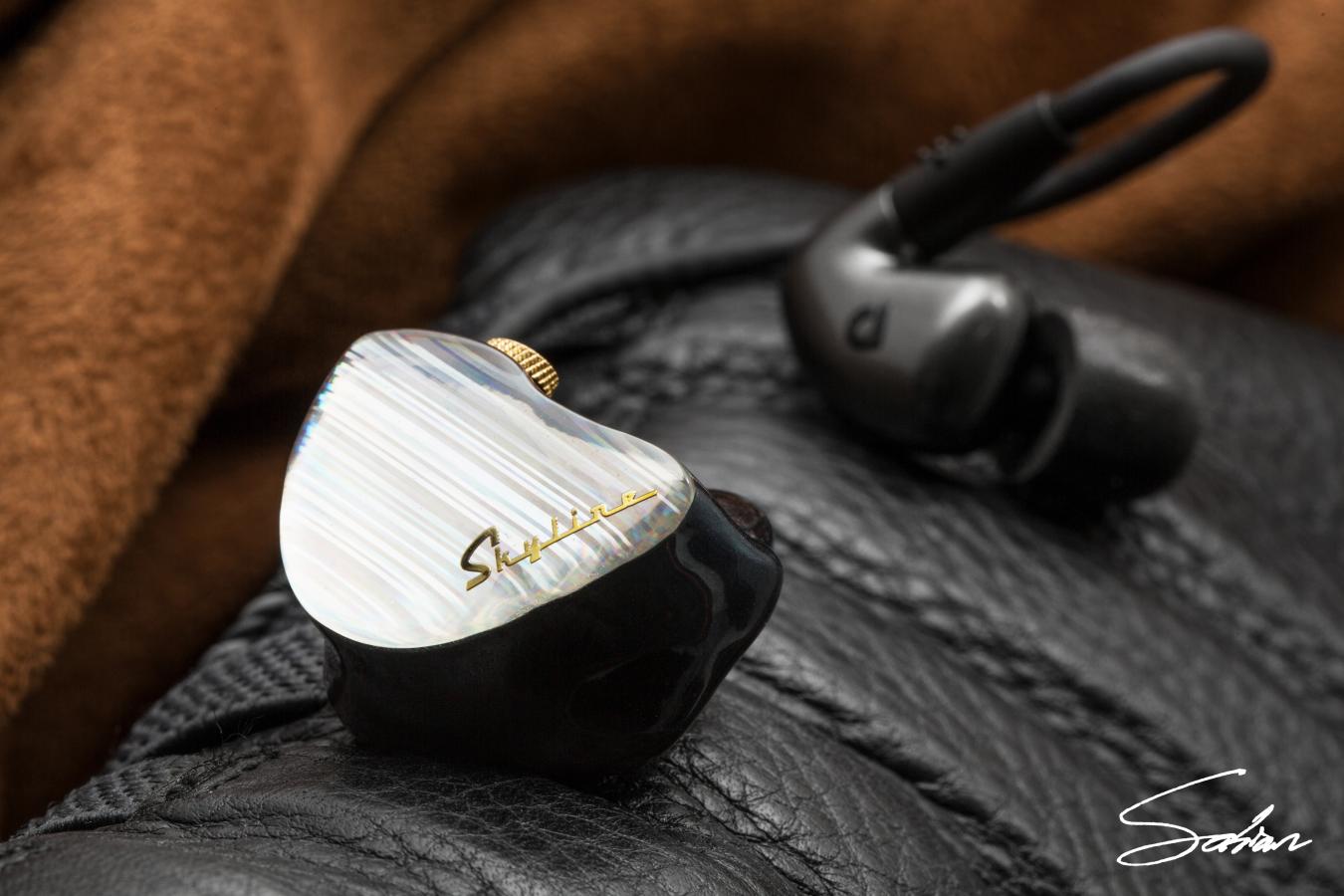DISCLAIMER: Audiofly loaned me the AF140 MK2 in return for my honest opinion. I will send the unit back following the review. I am not personally affiliated with the company in any way, nor do I receive any monetary rewards for a positive evaluation. I’d like to Audiofly for their kindness and support. The review is as follows.
Audiofly is an in-ear manufacturer from Western Australia. During their conception in 2012, they were not unlike an ACS, or an Alclair, or a JH Audio, who mostly catered to professional musicians, but eventually found favour among hobbyists. Audiofly specifically were the only ones among them who offered both balanced-armature and dynamic IEMs, as well as hybrids of the two. But, while their local following has only continued to thrive, including a diverse professional clientele, they’re not as popular among global audiophiles as they used to be. Now having heard their latest in-ears, that is surely about to change. The new AF140 MK2 isn’t just Audiofly’s ticket to the entry level, it may be their claim to the throne too.

Audiofly AF140 MK2
- Driver count: Two balanced-armature drivers and one dynamic driver
- Impedance: 17Ω @1kHz
- Sensitivity: 100dB @1kHz
- Key feature(s) (if any): N/A
- Available form factor(s): Universal acrylic in-ear monitors
- Price: $299.99
- Website: www.audiofly.com
Sound Impressions
Audiofly’s AF140 MK2 sports one of the most well-executed bass-emphasised signatures I’ve heard in a long while. While the lows are certainly the in-ears’s driving force, the AF140 MK2 brings wonderful sophistication to the table as well. The midrange – although neutrally positioned – sounds gorgeously natural; well-tempered and textured with a wet, smooth timbre. The top-end excellently follows suit with an exceptional balance of refinement and sparkle. And, although you’re trading off some composure and air for that low-end presence, the IEM’s stage remains expertly defined with impressive expansion, background stability and imaging. And, with strong coherence to boot, this is fun and technique on a budget.

The AF140 MK2’s low-end is prominent, infusing individual instruments with weight and introducing a shade of warmth toward the overall image. However, Audiofly have exerted enough control to ensure it does not overshadow the upper registers one bit. The highs still have quite a bit of room to breathe, which makes the AF140 MK2 suitable for long-term listening too; atypical for most bass-focused IEMs. This headroom is afforded by a calmer sub-bass, as the AF140 MK2’s emphasis lies closer towards the mid-bass. This response gives the low-end a pleasing, pillowy timbre, but the dynamic driver also possesses enough resolution to separate between the kick drum, bass guitar and tom toms quite fairly too.
Having the midrange come out as the star in an L-shaped response is incredibly rare, but that’s truly what sets the AF140 MK2 apart. Instruments sound exceedingly natural in tone; wet, bodied and silky smooth. And, at the same time, they’re clear and balanced as well. Vocalists from baritones to sopranos project with a similar amount of force, which means the AF140 MK2 works with a plethora of genres. More importantly, they all sit just above the lows, so they’re never lost in the mix. But, they are not too forward either. There’s space between them and the listener, so instruments like the piano are allowed to ring cleanly and musically around the image. With that sweet tone, this is the AF140 MK2’s true breadwinner.

The AF140 MK2’s top-end is nigh perfectly executed. On a macro scale, it’s integrated seamlessly into the mids and lows without the slightest speck of coarseness, artificiality or glare, giving the AF140 MK2 – no exaggeration – one of the most coherent midrange-to-treble transitions I’ve heard yet. In terms of hue, the highs embody the same refined, organic and lightly-warm tonality as the midrange. But, it also performs its role effectively at the same time, providing clarity, air and headroom to balance those warm, luscious lows. The subtlest of peaks around 5-and-8kHz echo Lime Ears’ 2016 Aether or Ultimate Ears’ UE18+ Pro. Perhaps not the crispest or brightest, but beautiful in tone and near-flawless in integration.
Initial Comparisons
Rhapsodio Orla
The AF140 MK2 has much in common with Rhapsodio’s Orla. Not only are they priced the same, they also share similarly warm, laid-back and well-tempered tonalities. But, contrasts are present between them, particularly along the extremes. The AF140 MK2 has greater low-end presence, so bass notes are more forwardly positioned in the mix. But, its top-end – low-treble especially – is also more present than the Orla’s, which is why they arrive at a similar tone. The Orla’s lows are as warm and pillowy, but they aren’t as exuberant. And, unlike the AF140 MK2’s 5kHz peak, the Orla dips there for softer articulation. Spatially, the two are similar in width, but the AF140 MK2 wins at depth, due to its more defined, airy treble.

LEAR LCM-Skyline
LEAR’s LCM-Skyline is – again – a value-oriented monitor that’s warmish in tone. But, unlike the AF140 MK2 and the Orla, it’s a rather forward-sounding monitor, especially in the midrange. While the AF140 MK2 sits its instruments neutrally to achieve both a more spacious image and make room for the lows, the Skyline’s sights are more set on its rich, saturated upper-midrange. Instruments are more intimate than on the AF140 MK2, but the trade-off there is in stage organisation. Due to its restraint, the AF140 MK2 comes off more composed and authoritative, resulting in more precise imaging. And, its highs are more accurate-sounding, coherent and clean too. In extension, though, the Skyline does admirably keep up.



